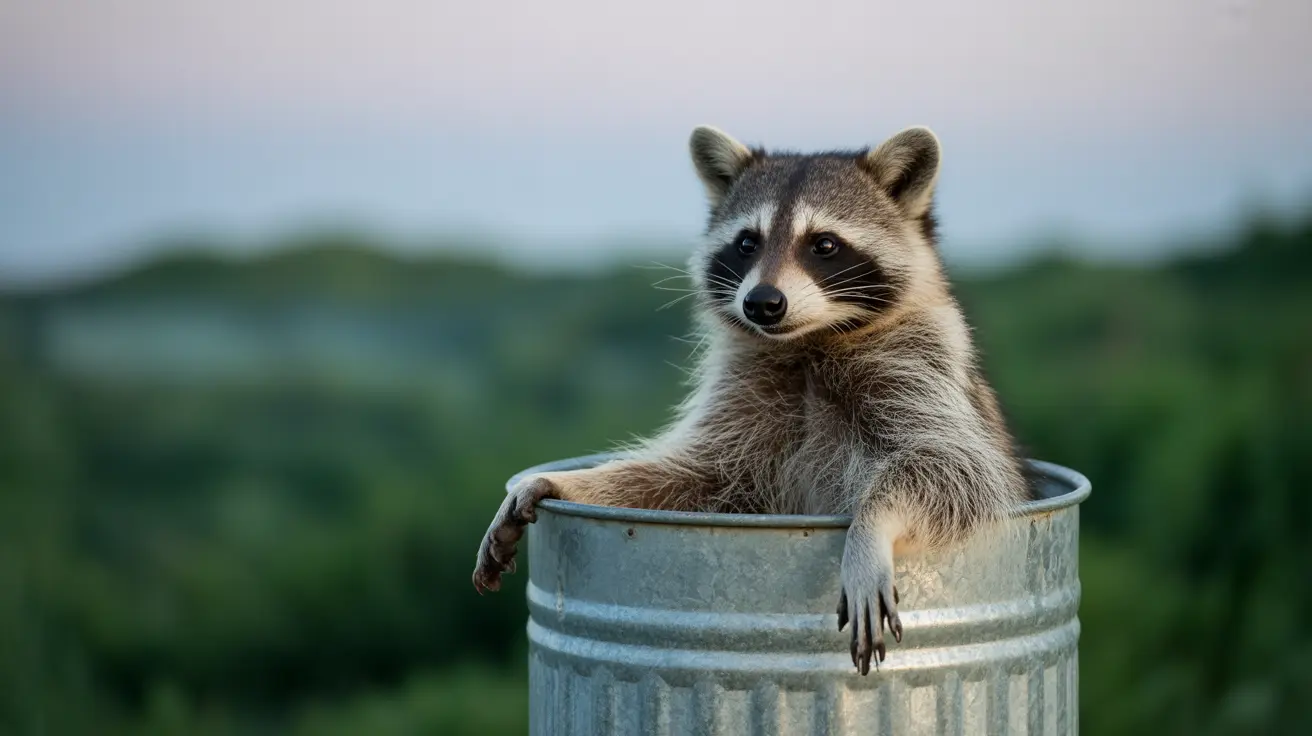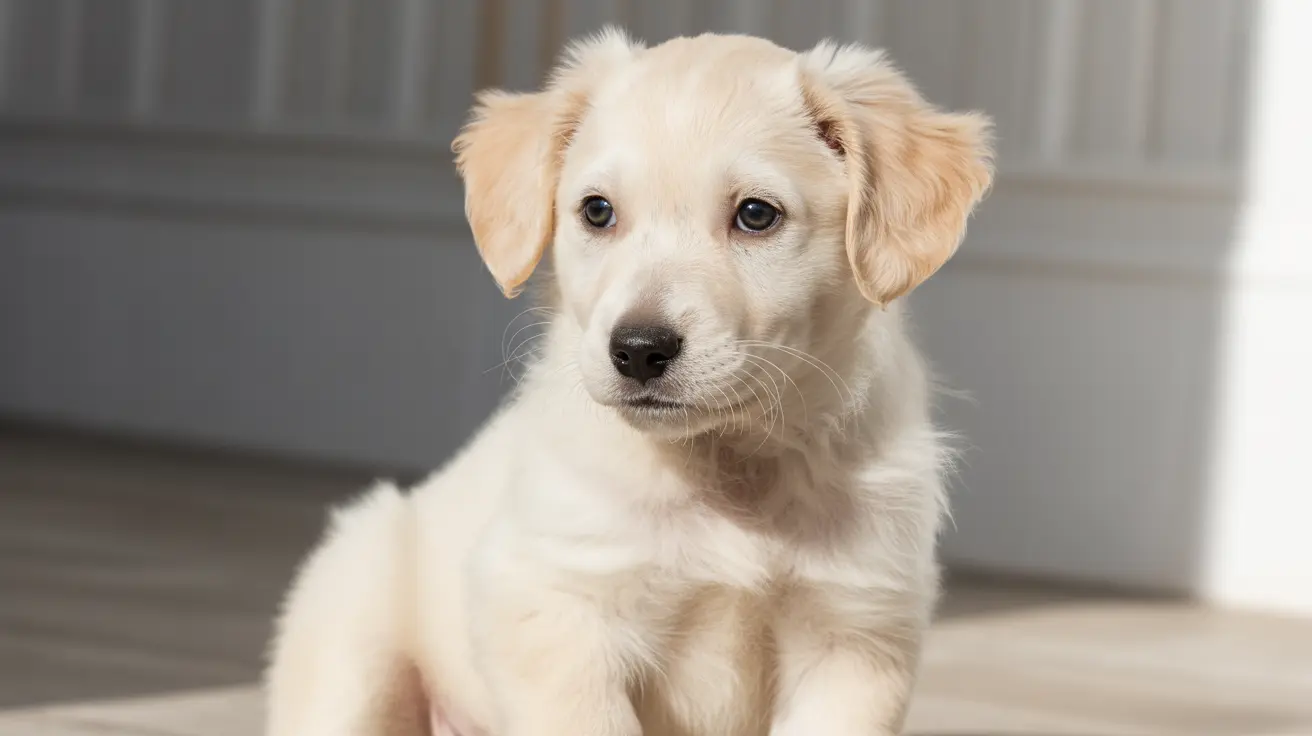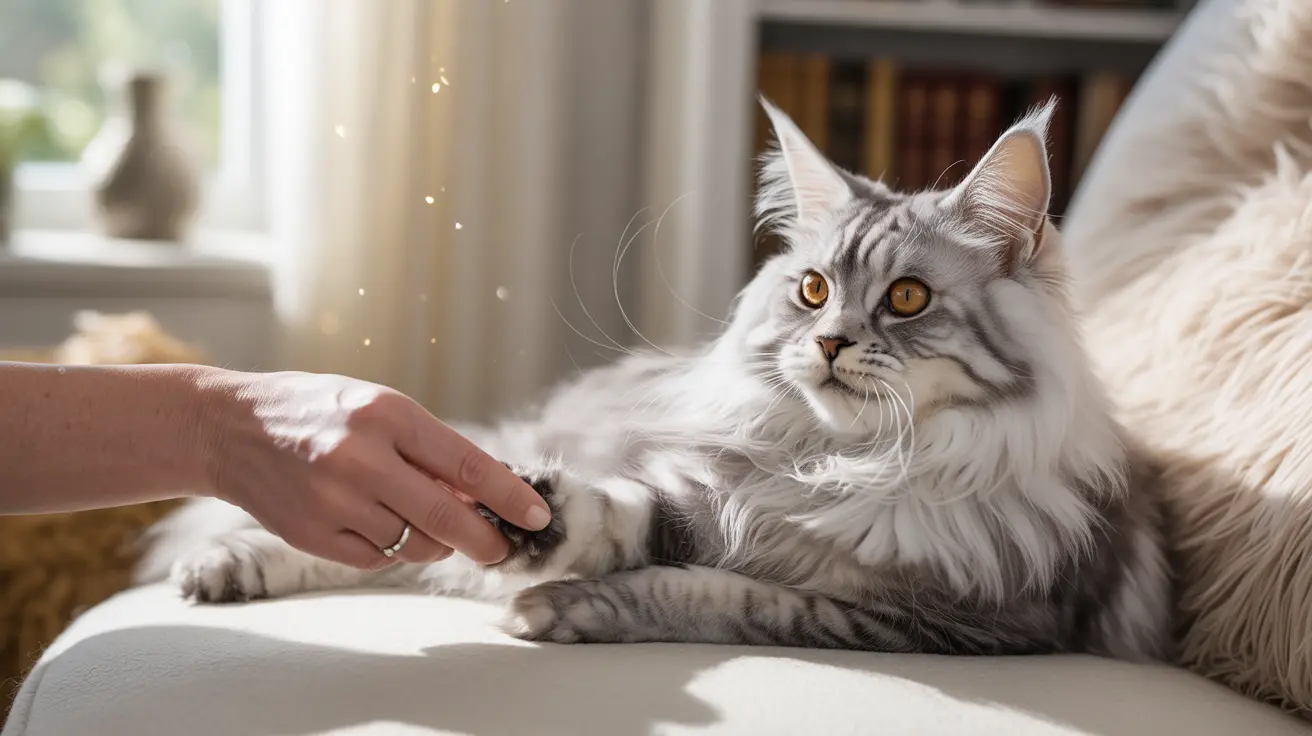Urban Animal Evolution in Action
The phenomenon of raccoon snout shortening represents a compelling example of how urban environments can accelerate evolutionary changes in wild mammals. This physical transformation occurs alongside behavioral adaptations that make city raccoons more social and less fearful of humans compared to their forest-dwelling relatives.
These changes align with what scientists call neural crest domestication syndrome—a collection of traits that appear when animals adapt to living closely with humans. The shorter facial structure, along with other potential modifications, suggests that urban raccoons may be following a similar evolutionary pathway once taken by dogs, cats, and other now-domesticated species thousands of years ago.
Human Impact on Wildlife Development
The relationship between urban development and wildlife adaptation extends beyond simple habitat changes. When wild animals like raccoons consistently interact with human environments, they experience selective pressures that favor certain traits over others. Animals that can successfully navigate city life—those that are less aggressive, more curious, and better at problem-solving—tend to thrive and reproduce.
For pet owners, this evolution offers valuable insights into animal behavior and adaptation. Just as our domestic pets have evolved specific traits that make them suitable companions, urban raccoons are developing characteristics that help them coexist with human populations.
Raccoon Behavior in Cities vs. Rural Areas
Urban raccoons demonstrate significantly different behavioral patterns compared to their rural counterparts. City raccoons often display increased social tolerance, working together more frequently when foraging and showing less territorial aggression. They've also developed enhanced problem-solving abilities, learning to navigate complex urban obstacles like garbage cans, pet doors, and garden barriers.
These behavioral changes complement the physical evolution occurring in urban raccoon populations. The combination of shortened snouts and modified social behaviors creates animals that are fundamentally different from traditional wild raccoons.
Raccoon Scavenging Behavior Adaptations
Urban raccoons have revolutionized their foraging strategies, moving beyond natural food sources to exploit human-provided resources. This shift in diet and feeding behavior may contribute to the physical changes scientists are observing, as animals with more efficient feeding structures gain advantages in urban environments.
Wildlife Management in Urban Areas
Understanding these evolutionary changes has significant implications for wildlife management and urban planning. As raccoons and other urban wildlife continue adapting to city life, communities need updated strategies for coexistence that account for these behavioral and physical modifications.
Pet owners should remain aware that despite these domestication-like changes, raccoons are still wild animals that can carry diseases and may exhibit unpredictable behavior. The evolution toward domestic traits doesn't eliminate the risks associated with wildlife encounters.
Frequently Asked Questions
Why are city raccoons showing signs of shorter snouts compared to rural raccoons?
Urban raccoons are developing shorter snouts as an adaptation to city life, similar to changes seen in domesticated animals. This physical trait appears to be linked to neural crest domestication syndrome, where animals living closely with humans develop characteristic features including modified facial structures, increased social tolerance, and enhanced problem-solving abilities.
How does living in urban environments influence raccoon behavior and physical traits?
Urban environments create selective pressures that favor raccoons with specific traits. City raccoons become more social, less fearful of humans, and develop better problem-solving skills. Physically, they're evolving shorter snouts and potentially other domestication-related features. These changes help them thrive in human-dominated landscapes where traditional wild behaviors may be less advantageous.
Could raccoons living in cities become domesticated pets in the future?
While urban raccoons show early signs of domestication, they remain wild animals and are not suitable as pets. The evolutionary changes observed represent the very beginning stages of a process that took thousands of years for animals like dogs and cats. Additionally, raccoons can carry diseases and have complex needs that make them inappropriate as domestic companions, regardless of their evolving traits.
Conclusion
The evolution of urban raccoons offers a remarkable glimpse into how quickly wild animals can adapt to human-dominated environments. These changes—from shortened snouts to modified social behaviors—demonstrate the powerful influence of urban living on wildlife development.
For pet owners and wildlife enthusiasts, this research underscores the importance of understanding animal behavior and evolution in our shared urban spaces. While we may be witnessing the early stages of a fascinating evolutionary process, it's crucial to remember that raccoons remain wild animals requiring respectful distance and proper wildlife management practices.






